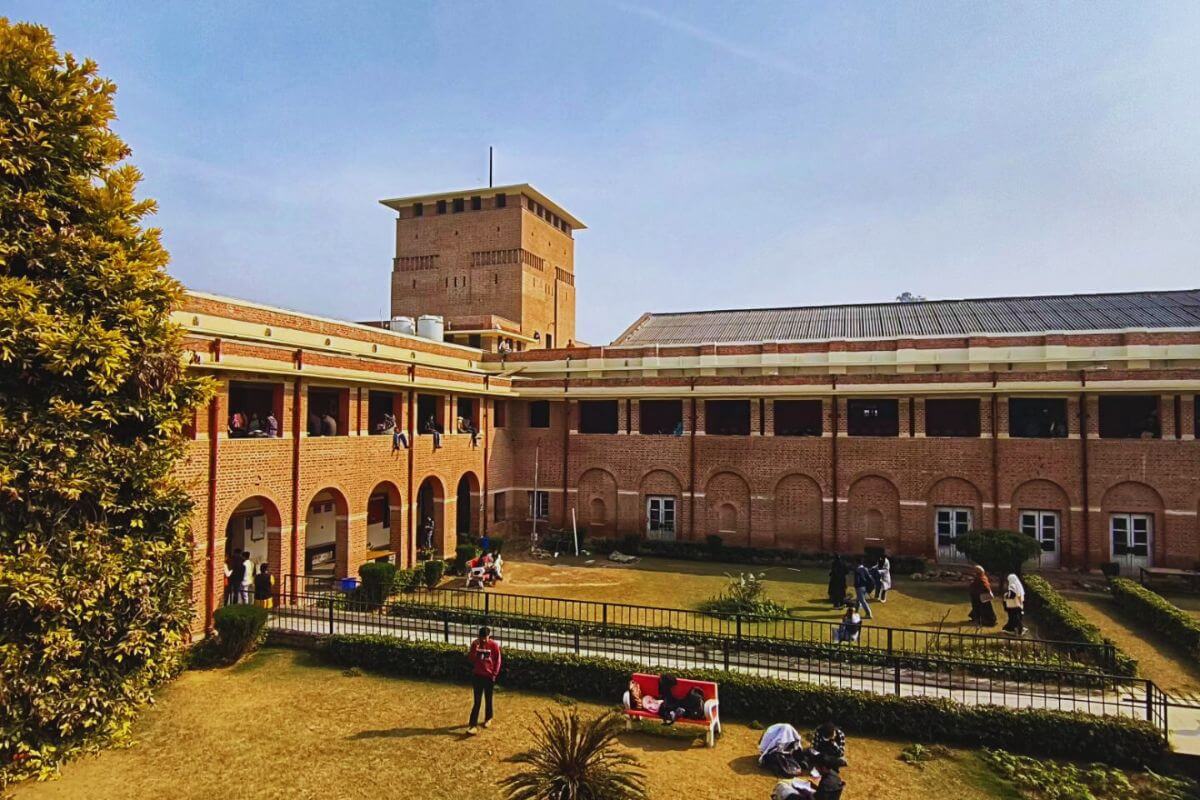July SAVE Plan Update slashes Student Loan Bills in Half for Millions

- BY Dhiren
- June 25, 2024
- Read in 6 Minutes
The generous federal repayment of student loans plan is going to become much cheaper.
On July 1, the Education Department will implement the last parts of the Saving on a Valuable Education (SAVE) plan, which may reduce millions of undergraduate loan borrowers monthly payments by half.
SAVE was introduced to borrowers last summer, but only certain of its features were available at the time, such as $0 payments for low-income and middle-income borrowers and an automated interest subsidy.
Also Read, Delhi University Soars in QS World University Rankings 2025
In February, the White House began forgiving SAVE borrowers’ outstanding debt after 10 years of repayment if they borrowed $12,000 or less, as opposed to 20 or 25 years under other repayment schemes.
As of May, about 8 million borrowers have enrolled in SAVE, with 4.6 million qualifying for $0 payments.
If you haven’t already enrolled in SAVE, take another look to see if you may obtain a cheaper payment starting in July.
You may track your payback progress using the Education Department’s loan simulator; the Community Service Society of New York also has a SAVE calculator that predicts payments before and after the July recalculation.
“There’s no downside to seeing what’s available to you,” says Devin McCombs, a certified financial planner and certified student loan specialist located in Denver. Apply for SAVE at StudentAid.gov/IDR, or contact your student loan servicer directly.
If you’re already registered in SAVE, the reduced bills and other improvements will apply automatically. You might also see a payment halt in July while servicers implement the adjustments.
SAVE Student Loan Benefits Arrive in July
Payments for Undergraduate Loans Slashed in Half
SAVE is an income-driven repayment (IDR) plan, which means your monthly payments are calculated based on your income rather than your debt.
Beginning in July, borrowers with solely undergraduate loans will see their monthly SAVE payments reduced by half, from 10% to 5% of their discretionary income. So,
if you had a $400 SAVE bill earlier, it may be reduced to $200. Borrowers who join SAVE for the first time will have access to the new, reduced payment.
Borrowers with only graduate school debt will not be affected by this change. Their contributions will continue at 10% of their income.
Borrowers with both undergraduate and graduate loans will pay an average of 5% to 10% of their income, depending on the initial principal balances of the student loans they took out.
For example, if you financed $10,000 for your undergraduate degree and $15,000 for your master’s degree, your monthly SAVE payment would equal 8% of your salary.
If you took out $10,000 for college and $10,000 for graduate school, your total payment would be 7.5% of your salary.
Also Read, Shark Attack Kills ‘Pirates of the Caribbean’ Actor Tamayo Perry in Hawaii
Automatic Forgiving Credit for Forbearances and Deferments
Borrowers under the SAVE plan can have their remaining debt wiped after 10 to 20 or 25 years of payments, depending on their original loan total and whether they have undergraduate or graduate school debt.
Borrowers who qualify for Public Service Loan Forgiveness (PSLF) can get forgiven after ten years, regardless of the amount or kind of debt.
Historically, periods of delay and forbearance did not count toward this forgiveness clock.
However, from July 1, SAVE debtors will automatically receive forgiveness credit for particular payment interruptions, such as those due to unemployment, cancer treatment, military duty, or natural disasters. Credit for deferments might be refundable.
Ability to Make up for Previous Missing Payments
Borrowers can make additional “buyback” payments to receive credit for periods of deferral or forbearance that are not eligible for automatic credit.
“If someone was on an income-based repayment plan, then entered forbearance, and returned to the income-driven repayment plan, they can retroactively repay those months,” explained Jantz Hoffman, executive director of the Certified Student Loan Board of Standards, a nonprofit aiding financial planners and clients with student loan matters.
This is important to borrowers who are qualified for Public Service Loan Forgiveness, which allows them to receive forgiveness after ten years of payments while working in qualifying employment.
However, a PSLF program transition from the servicer MOHELA to the Education Department is presently happening, making it unclear how this buyback procedure would operate in practice, according to Hoffman.
Hoffman comments that it is still undecided how it will happen. “But, in concept, the borrower should be able to make repayments which equate to the lower of the two income-related repayment calculations, whether when they went into remission or when they came out of it, which creates a chance for borrowers to have an even lower payment longer.”
Also Read, Judge Reinhold says ‘Executive Murder Plot’ Killed ‘Beverly Hills Cop’ Career
Automatic Enrollment for Debtors with Default Risk
The Education Department will automatically enroll borrowers in the SAVE plan if their payments are at least 75 days overdue, assuming they previously consented to grant access to their tax information.
Many borrowers in this position may be eligible for $0 SAVE payments, depending on their income. To qualify for $0 payments, a borrower’s income must be less than $32,800 for an individual or $67,500 for a household of four.
This can save debtors from going into student loan default.
Why are certain SAVE Borrowers’ Payments not due in July?
If you’re already registered in SAVE, you might avoid a penalty for your July charge.
According to the Education Department, in July, federal student loan servicers received instructions to place certain SAVE students into administrative forbearance and apply lesser payment amounts to borrowers’ accounts.
According to a department representative, borrowers do not need to make payments during this forgiveness period, the interest rate will be reduced to 0%, and they will still accrue credit towards IDR forgiveness and Public Service Loan Forgiveness (PSLF).
Borrowers who entered the July forbearance period will begin making their recalculated SAVE installments in August. All remaining SAVE borrowers will begin making their adjusted SAVE installments in July.
A July payment halt is not assured if you are registered in SAVE. Affected borrowers got letters from their servicers early this month with the subject line: “Your Student Loans Have Been Placed Into Forgiveness,” according to a copy of the email examined by NerdWallet.
If you are on the SAVE plan and have not received communication regarding administrative forbearance, Nichole Coyle, a certified financial planner and professional student loan expert located in Westlake, Ohio, suggests contacting your student loan servicer.






